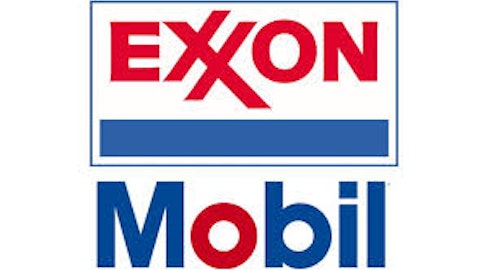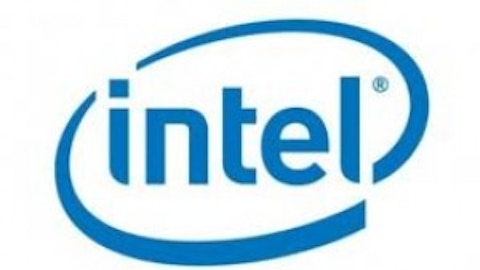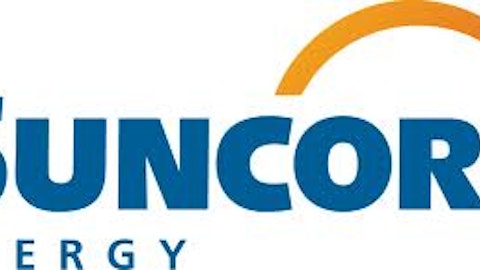Is last year’s hot idea now an absurdity?
A year ago, with Marathon’s refinery divestiture still fresh in analysts’ and investors’ minds, and with ConocoPhillips about to bid adieu to its own downstream operations, there was a push by Wall Streeters at an ExxonMobil meeting for the company to follow suit and spin off its own downstream units. However, CEO Rex Tillerson would hear none of it, maintaining that the integrated model permits the company to obtain the “highest value for each molecule.” And he added, “There’s no doubt in my mind that the integrated model adds incremental value to everything we do.”
Tillerson was clearly referring to the natural hedge that results from housing upstream and downstream efforts under one corporate umbrella. A key result is less variance and increased predictability in a company’s cash flows.
None of this is to imply that the two biggest U.S. producers aren’t striving constantly to upgrade their downstream assets and to enhance the cross-pollination between their segments. For instance, in the past few years, Exxon has pushed successfully to expand the amount of cheaper West Texas Intermediate crude it uses as a feedstock in its Gulf Coast refineries. And as Chevron CEO John Watson noted as part of his company’s quarterly release, “In the downstream business, we completed a multiyear plan to streamline the asset portfolio.”
Other benefits
To my way of thinking, there are other benefits to integration as practiced by Exxon and Chevron. Essentially, combined upstream and downstream operations imply greater critical mass than occurs in companies where the operations are separate. An important result, which is likely to increase in importance over time, is a heightened ability to deal with obstreperous national oil companies bent on using sharp elbows in the practice of resource nationalism.
At the same time, the geographic spread that the integrated operators typically achieve can provide a buffer against slowdowns in specific regions. Despite being the biggest U.S. natural gas producer, Exxon has, for instance, weathered the slowdown in onshore U.S. activity far more adroitly than has the more one-dimensional Chesapeake Energy Corporation (NYSE:CHK) .
Foolish takeaway
I’m hardly arguing that energy-investing Fools should ignore independent producers in favor of our two biggest remaining integrated companies. Indeed, I continue to be a major fan of, for instance, EOG Resources, Inc. (NYSE:EOG) , a successful Houston-based independent that is highly liquids-centric. Rather, my point is simply that the two majors are nicely structured just the way they are, and that Fools would be well advised to consider one or both for the energy portions of their portfolios.
The article Is Integration Still Best for ExxonMobil and Chevron? originally appeared on Fool.com and is written by David Lee Smith.
Fool contributor David Lee Smith has no position in any stocks mentioned. The Motley Fool recommends Chevron and has options on Chesapeake Energy.
Copyright © 1995 – 2013 The Motley Fool, LLC. All rights reserved. The Motley Fool has a disclosure policy.





